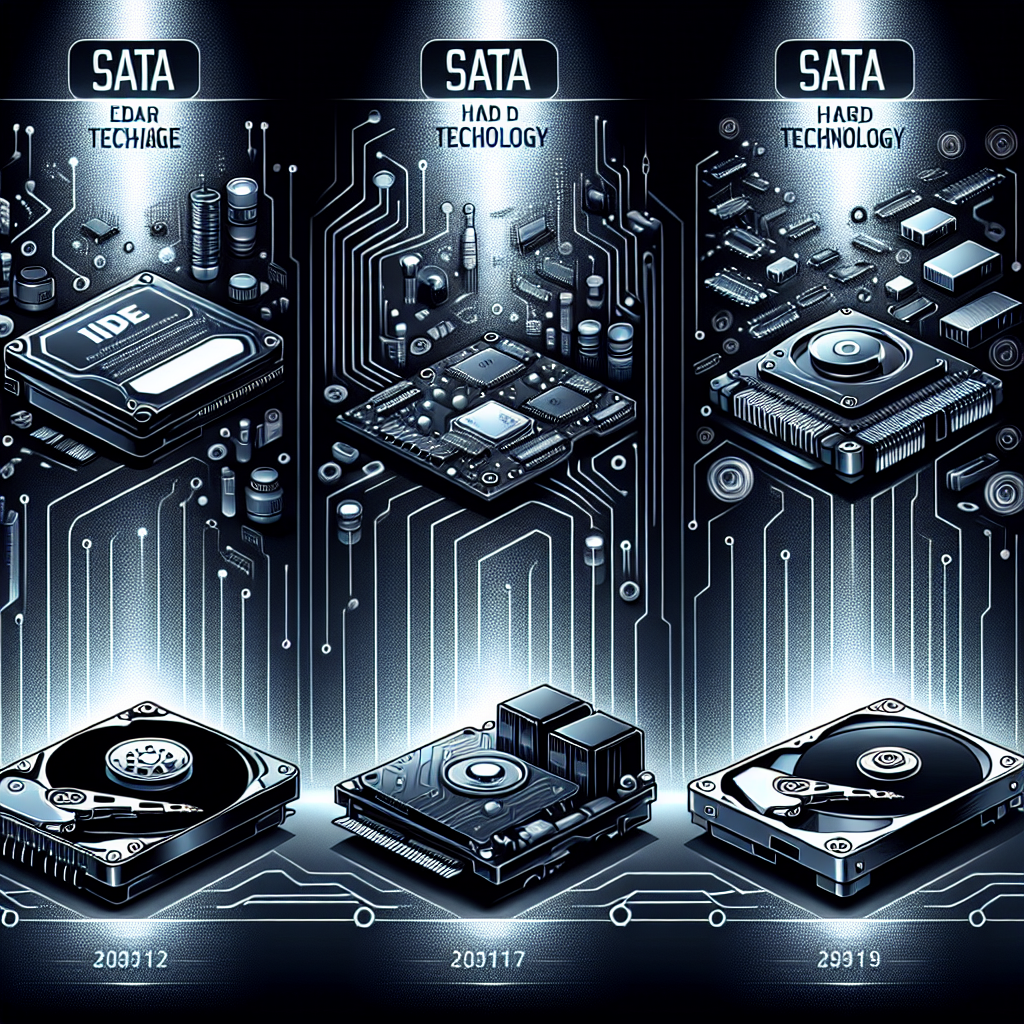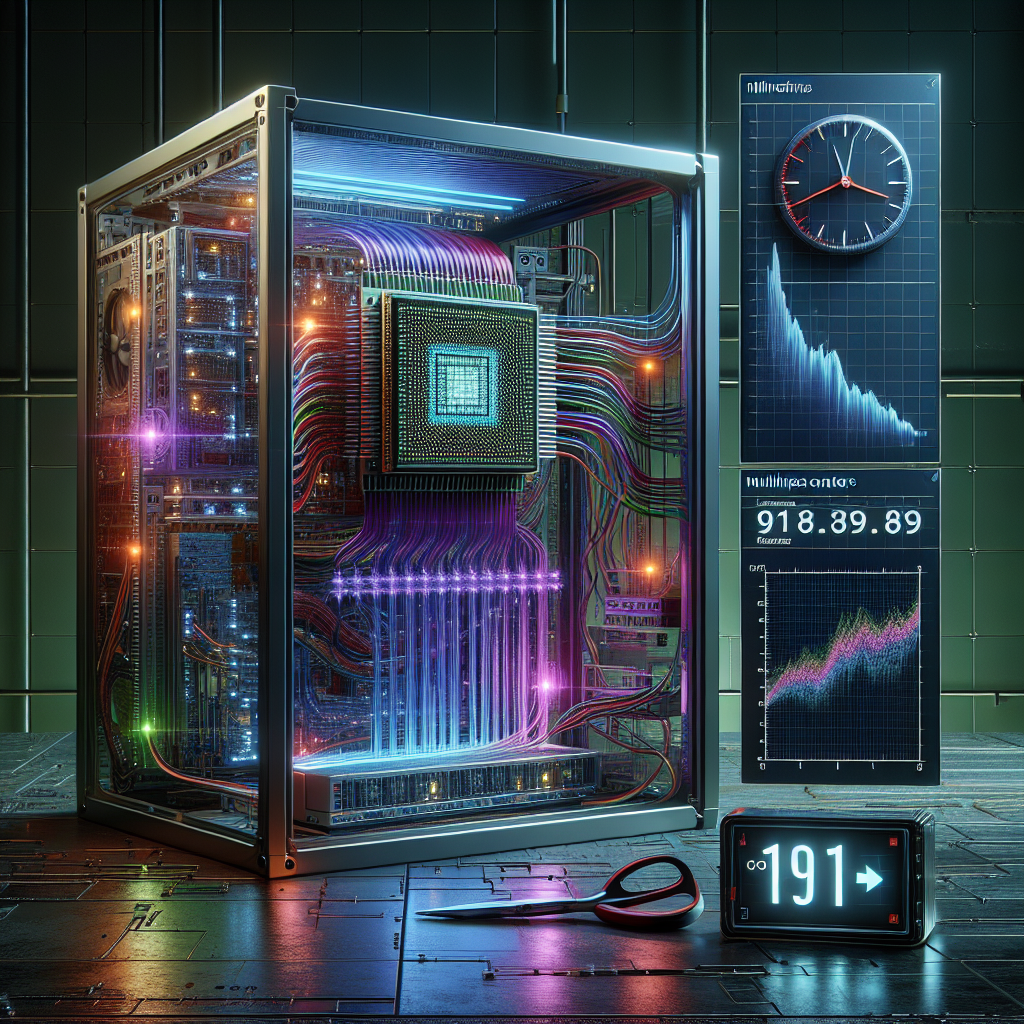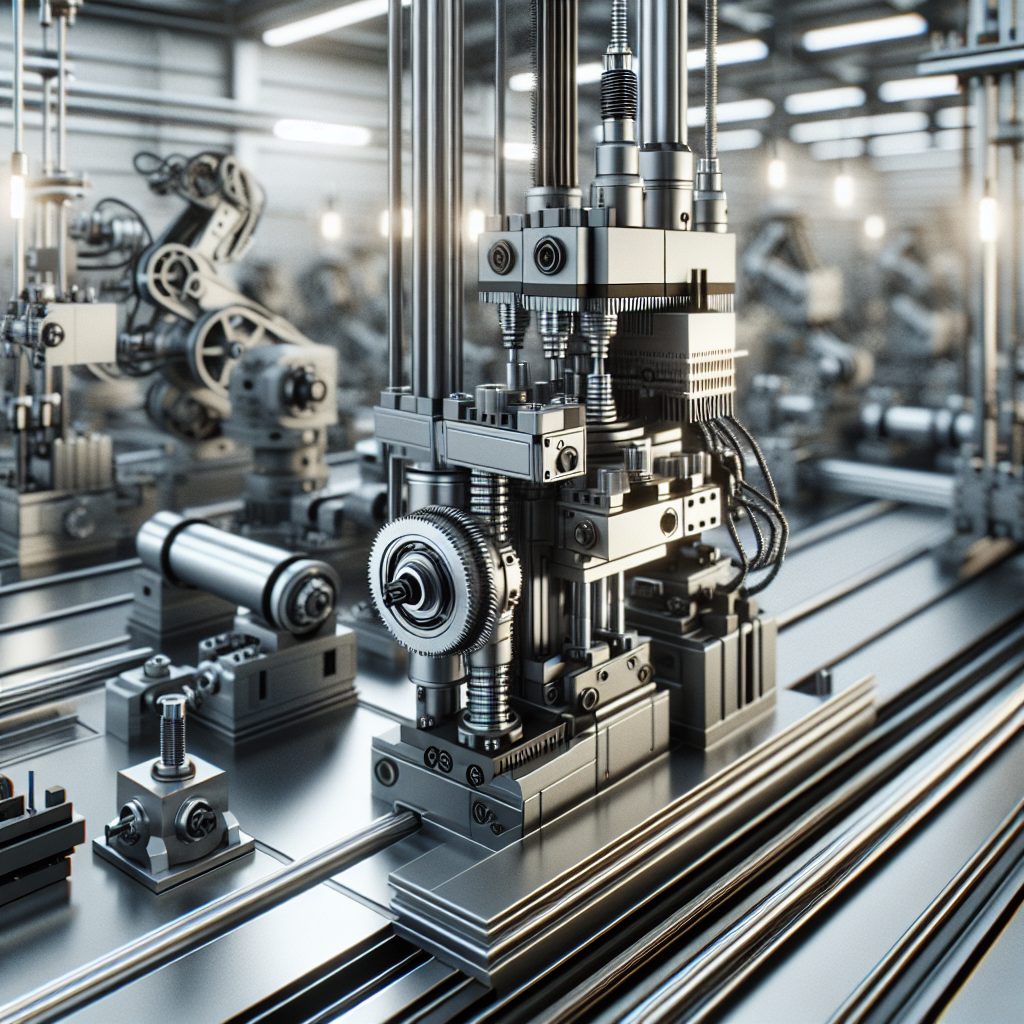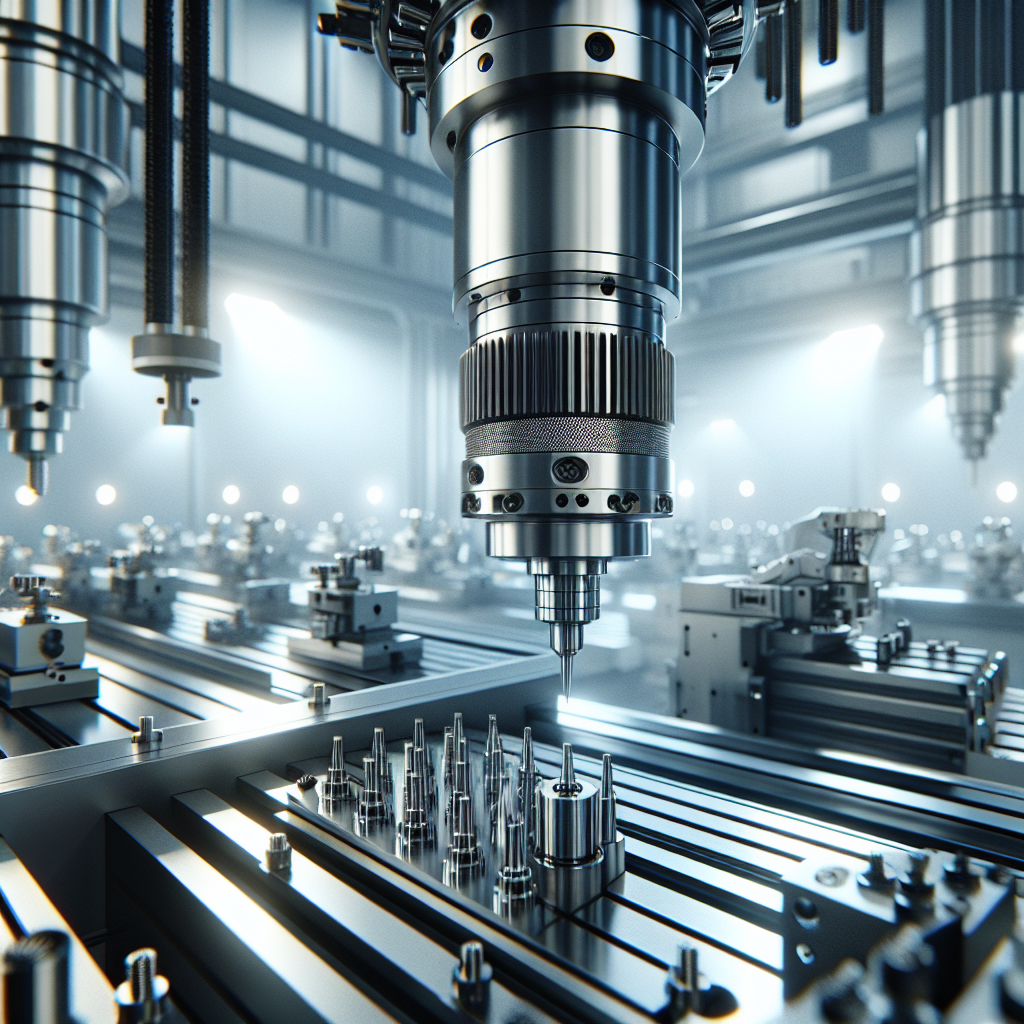The Evolution of SATA Technology: From IDE to SATA
In the world of computer hardware, technological advancements are constantly evolving to improve performance and efficiency. One such evolution is the transition from IDE (Integrated Drive Electronics) to SATA (Serial ATA) technology. This shift has brought about significant improvements in data transfer speeds, reliability, and compatibility with modern systems.
IDE was the standard interface for connecting hard drives to computers for many years. It featured a parallel connection that could transfer data in 16-bit chunks, but had limitations in terms of speed and compatibility with newer hardware. As computer systems became more advanced and required faster data transfer rates, IDE technology began to show its age.
In response to these limitations, SATA technology was introduced in the early 2000s. SATA offers a number of advantages over IDE, including faster data transfer speeds, improved reliability, and better compatibility with modern systems. SATA uses a serial connection, allowing data to be transferred in a single stream rather than in parallel chunks. This results in faster transfer speeds and more efficient use of system resources.
One of the key benefits of SATA technology is its scalability. SATA interfaces come in different versions, such as SATA 1, SATA 2, and SATA 3, each offering faster transfer speeds and improved performance. This scalability allows users to upgrade their systems with newer SATA drives without having to replace their existing hardware.
Another advantage of SATA technology is its compatibility with modern systems. SATA drives are widely supported by both Windows and Mac operating systems, making them a versatile choice for a wide range of computer users. Additionally, SATA drives are hot-swappable, meaning they can be removed and replaced without having to shut down the system, making maintenance and upgrades easier and more convenient.
Overall, the evolution of SATA technology from IDE has brought about significant improvements in data transfer speeds, reliability, and compatibility with modern systems. As technology continues to advance, SATA is likely to remain a key component in the world of computer hardware, providing users with fast and efficient storage solutions for years to come.










